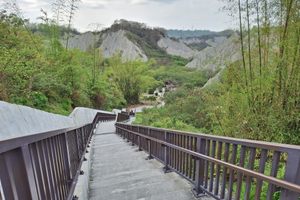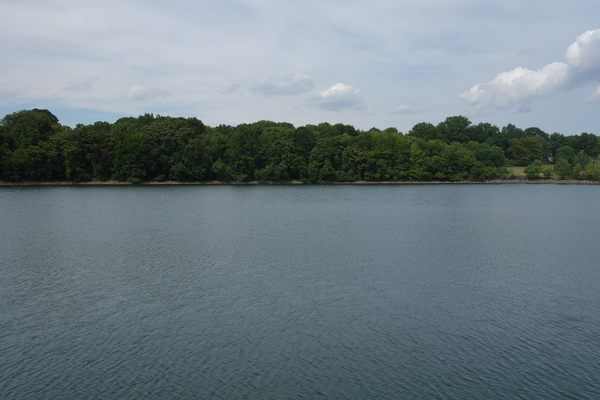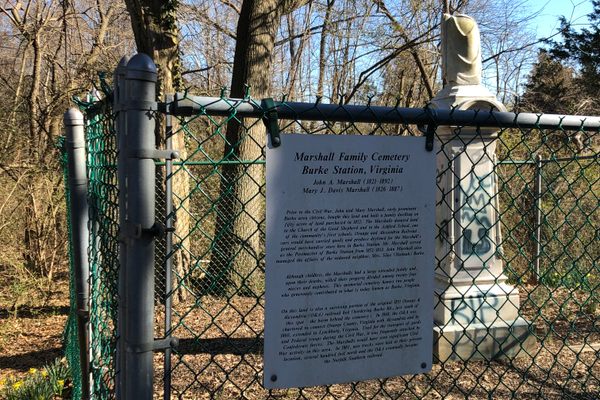About
During the late Qing Dynasty, at the end of the 19th century, European powers began establishing a commercial presence in Taiwan for the first time since the Dutch were kicked off the island in the 17th century. In 1864, British consul Robert Swinhoe leased a plot of land at Takao (also spelled Takow, now Kaohsiung) with the intention of building a consulate there. But the site was deemed unsuitable for the purpose and the consulate was ultimately built elsewhere in 1879.
However, the land at Takao remained in the hands of the British, and in 1871 they received permission to build a chapel and graveyard on the premises. This graveyard would ultimately hold the bodies of thirty-nine foreigners, mostly men but also a few women. These foreigners included not only British, but also Irish, Germans, and an Indian Parsee merchant.
Following the Japanese seizure of Taiwan in 1895, the British closed the consulate in 1911 and sold most of their southern Taiwanese holdings by 1925. Only the cemetery remained in their possession. After the Japanese surrender at the end of World War II, ownership of Taiwan was given to the Republic of China under Chiang Kai-shek, but the cemetery was never registered with the new government.
Most of the gravestones were removed and a temple was built on the site. It has since become a residential neighborhood. But the bodies remain where they were put to rest nearly 150 years ago. For those who know where to look, three graves stand nestled against the walls of homes, hidden among laundry left outside to dry.
Related Tags
Know Before You Go
One can find the remaining graves by taking two side roads of Lane 60, Dongshan Street in Gushan District, Kaohsiung.
Community Contributors
Added By
Published
June 28, 2024






















